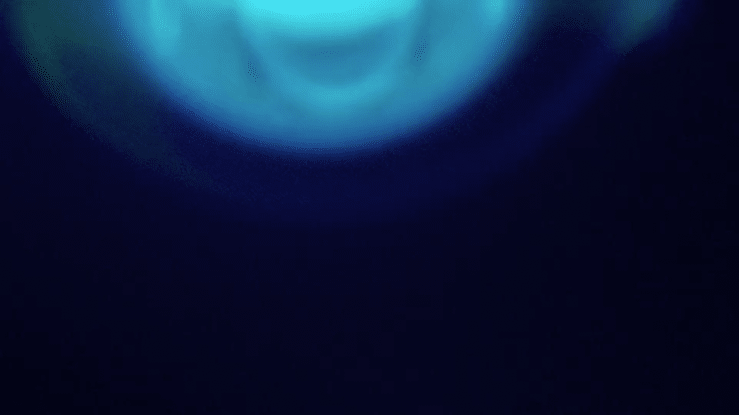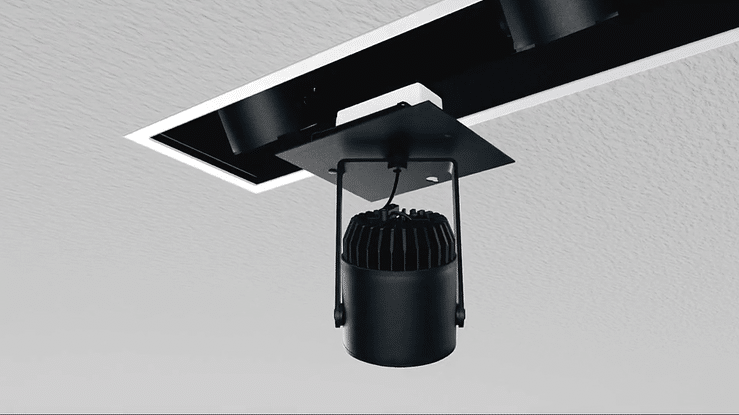Using 3D animation to create realistic product photos & videos
3D animation is used by the biggest brands in the world, so I wouldn’t blame you for thinking it’s only for big brands. It’s far more accessible than that, though, and can be used by companies large and small, in all industries.
If your business has a physical product, your 3D engineering files can be turned into engaging, realistic photos and videos. You’ll save time and money on photography and won’t need a physical product in‑hand to create content.
the problem
Long lead times delay marketing efforts
You’re working on a brand new product and you’re really excited to get it into market. Engineering models and renderings are approved and with the manufacturer, you’re just waiting for physical prototypes.
This process can take a while, and you know that it’s not worth bringing in a photographer or videographer until the prototypes are perfect. This obviously delays any marketing efforts, so you know it will still be a while until any of your customers find out about this product.
the solution
3D Artists can turn engineering files into marketing content
Bringing on a 3D Artist like me at this stage of the process means you can turn your engineering team’s AutoCAD files into finished, usable content. We’ll add texture, colour, lighting, and finishes to these models and create 360° physically accurate renderings of your product that you could mistake for actual product shots.
From this model we can create photo‑real images and cinematic videos of your product from every angle, and change out the environment and lighting to show your product in multiple situations.
If your product changes during the manufacturing QA process, in model upgrades, or in the case of colour/material changes, it’s much easier to update the 3D renderings and content than it is to reshoot your physical products.
the execution
Using 3D animation to sell lighting products
I recently did this kind of work with Motion Standard Time. We were working with a lighting company that wanted to showcase their products and illustrate the installation process. As lighting products like theirs are installed in ceilings, it would be quite difficult to get traditional product shots and videos of the installation process, so basic line drawings are generally used for this purpose.
Using the company’s engineering models I was able to create this short video that takes viewers through the various models of the product, then how it’s mounted into ceiling beams, how it looks once it’s been installed and plastered over, and how each element is accessible once it’s installed. Then we of course showed the product doing what it’s intended to do, lighting the room. If this company changes the product in the future, we can update this footage to ensure their marketing remains up‑to‑date.
The benefits of 3D don’t stop there
Using a 3D Artist to render and animate your product means you have almost endless options for your product shots, can easily update and modify without costly reshoots, and can start potentially marketing your product before you even have a physical product in‑hand.
Got a product or project in mind that could use content like this? Get in touch!





